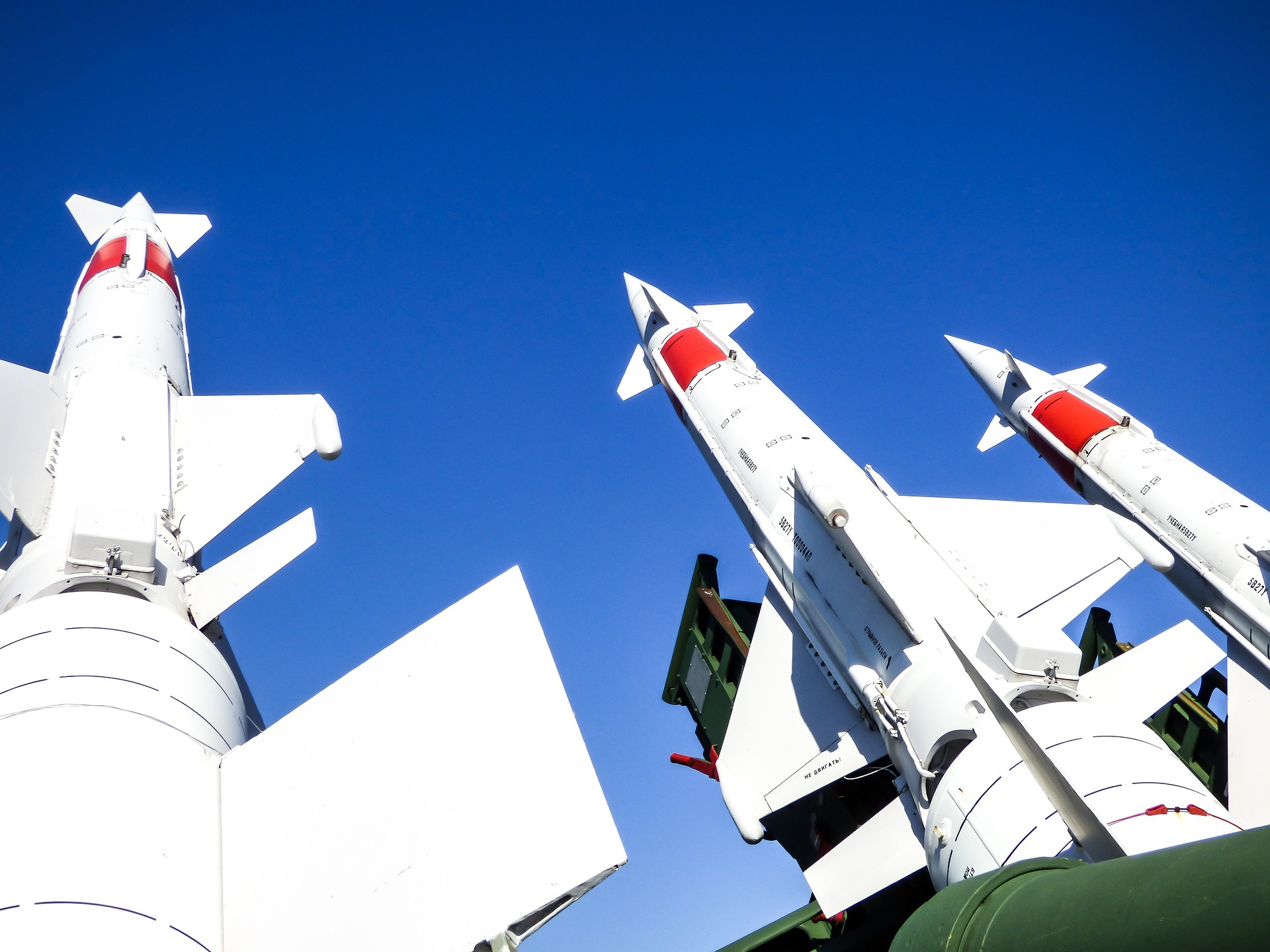Washington, D.C. — In a significant shift in U.S. policy, President Joe Biden has authorized Ukraine to use long-range American missiles to strike military targets inside Russia, according to a U.S. official who spoke on condition of anonymity. The move, confirmed by multiple media outlets, including The New York Times and The Washington Post, marks a major escalation in U.S. support for Ukraine’s defense against Russia’s ongoing invasion. This decision has been long sought after by Ukrainian President Volodymyr Zelensky, who has repeatedly requested permission to use the Army Tactical Missile System (ATACMS), a powerful weapon capable of hitting targets at great distances.
A Response to North Korea’s Role in the War
The U.S. decision comes amid growing concerns over Russia’s deepening ties with North Korea, particularly after reports indicated that North Korean troops have been deployed to assist Russian forces in their ongoing war against Ukraine. This development has been seen as a catalyst for the U.S. change in stance. Ukrainian officials have long argued that having the ability to strike deep into Russian territory would enhance Ukraine’s ability to defend itself and undermine Russia’s military infrastructure.
The ATACMS missiles, with a range of up to 190 miles, are capable of striking Russian military installations, supply lines, and logistics hubs far beyond the front lines of the ongoing conflict. The weapon’s range and precision make it a potent tool for Ukraine’s forces, potentially allowing them to target Russian command centers, ammunition depots, and even air defense systems in Russian-held territories.
Russian Response: Escalating Tensions
The U.S. authorization of the ATACMS missiles is likely to escalate tensions with Russia. President Vladimir Putin has consistently warned that any move to provide Ukraine with weapons capable of striking Russian soil would be seen as a direct confrontation between NATO and Russia. Putin has framed this support as an act of war, repeatedly claiming that increased Western involvement in Ukraine’s defense is tantamount to NATO itself waging war against Russia.
“We are dealing with a situation where NATO is at war with us, and we will respond accordingly,” Putin warned in recent comments, further threatening retaliation. These statements are part of a broader narrative from the Russian leadership, which has painted the war in Ukraine as a battle not just with Ukraine but with the West and its allies.
Ukraine’s Call for ATACMS: A Long-Awaited Victory
For Ukraine, the decision represents a major victory in its ongoing fight for sovereignty and territorial integrity. Ukrainian officials have repeatedly requested longer-range missiles like the ATACMS, arguing that such weapons are critical for hitting Russian logistics and command structures far behind the front lines, potentially disrupting Russian operations and cutting off supply chains crucial to the Kremlin’s military strategy.
In the past, the U.S. had been hesitant to provide these weapons, citing concerns that it could provoke a direct confrontation between NATO and Russia. However, with the war entering its second year, and after seeing the persistent failure of Russia to achieve decisive victories, U.S. policymakers appear to have recalibrated their approach.
While the exact conditions for the use of these missiles remain unclear, it is understood that Ukraine will now have the ability to strike critical military targets in Russian-occupied regions, including areas in the Crimean Peninsula, which Russia annexed in 2014.
A Changing Dynamic in the Conflict
The provision of ATACMS marks a significant shift in the Western approach to Ukraine’s defense, moving beyond defensive support to actively enabling Ukraine’s ability to project force against Russian territory. This change may signal a broader escalation in the conflict, with NATO stepping up its military support for Ukraine in an effort to tilt the balance of power in favor of Kyiv.
However, the U.S. decision to authorize long-range missile use is not without risks. While Ukraine has pledged to use these missiles solely for military targets, there is concern that Russia may interpret such strikes as an escalation that could involve direct NATO involvement, a red line that both the U.S. and NATO have worked to avoid thus far.
Global Reactions: Warnings from Moscow and Support for Kyiv
The Kremlin has expressed strong condemnation of the U.S. decision, accusing Washington of further escalating the conflict. Russian Foreign Minister Sergei Lavrov described the provision of long-range missiles as a “provocative” action that would only prolong the war and increase the chances of a broader European conflict.
On the other hand, Ukrainian officials have hailed the decision as a crucial step toward achieving military parity with Russia, enabling Ukraine to disrupt Russian operations and gain the upper hand in the conflict. Ukrainian Defense Minister Oleksii Reznikov has welcomed the new missile systems, calling them “a game-changer.”
In contrast, the decision has sparked debates in Washington and across Europe. Some lawmakers and military experts have voiced concerns that increasing U.S. and NATO support for Ukraine could lead to unintended escalation, including the possibility of direct military confrontation with Russia. Others argue that Russia’s aggression needs to be met with stronger resistance, and that such a policy shift is essential to deterring further Russian advances.
The Path Forward: A Delicate Balance
As Ukraine prepares to integrate these long-range missiles into its arsenal, the situation remains precarious. With North Korea’s involvement adding a new dimension to the conflict, and with tensions escalating between NATO and Russia, the war shows no signs of abating. The coming months will be critical in determining whether the U.S. authorization of ATACMS missiles leads to a strategic breakthrough for Ukraine, or whether it will provoke further Russian retaliation and escalate the conflict beyond its current scope.
The global community continues to watch closely as the dynamics of this war evolve. The decision by President Biden underscores a broader international acknowledgment that Ukraine’s struggle for sovereignty is not just a regional conflict, but one that has profound implications for global security and the future of the international order.
Sources:
- The New York Times – “Biden Approves ATACMS Missiles for Ukraine Amid Escalating Tensions with Russia” (2024)
- The Washington Post – “US Shifts Policy to Allow Ukraine to Use Long-Range Missiles Against Russia” (2024)
- Reuters – “Russia Warns NATO is ‘At War’ After US Approves Long-Range Missiles for Ukraine” (2024)
- AFP – “Biden Authorizes Ukraine to Use ATACMS Missiles in War Against Russia” (2024)
- Al Jazeera – “North Korea’s Military Support for Russia Adds Tensions to Ukraine Conflict” (2024)



